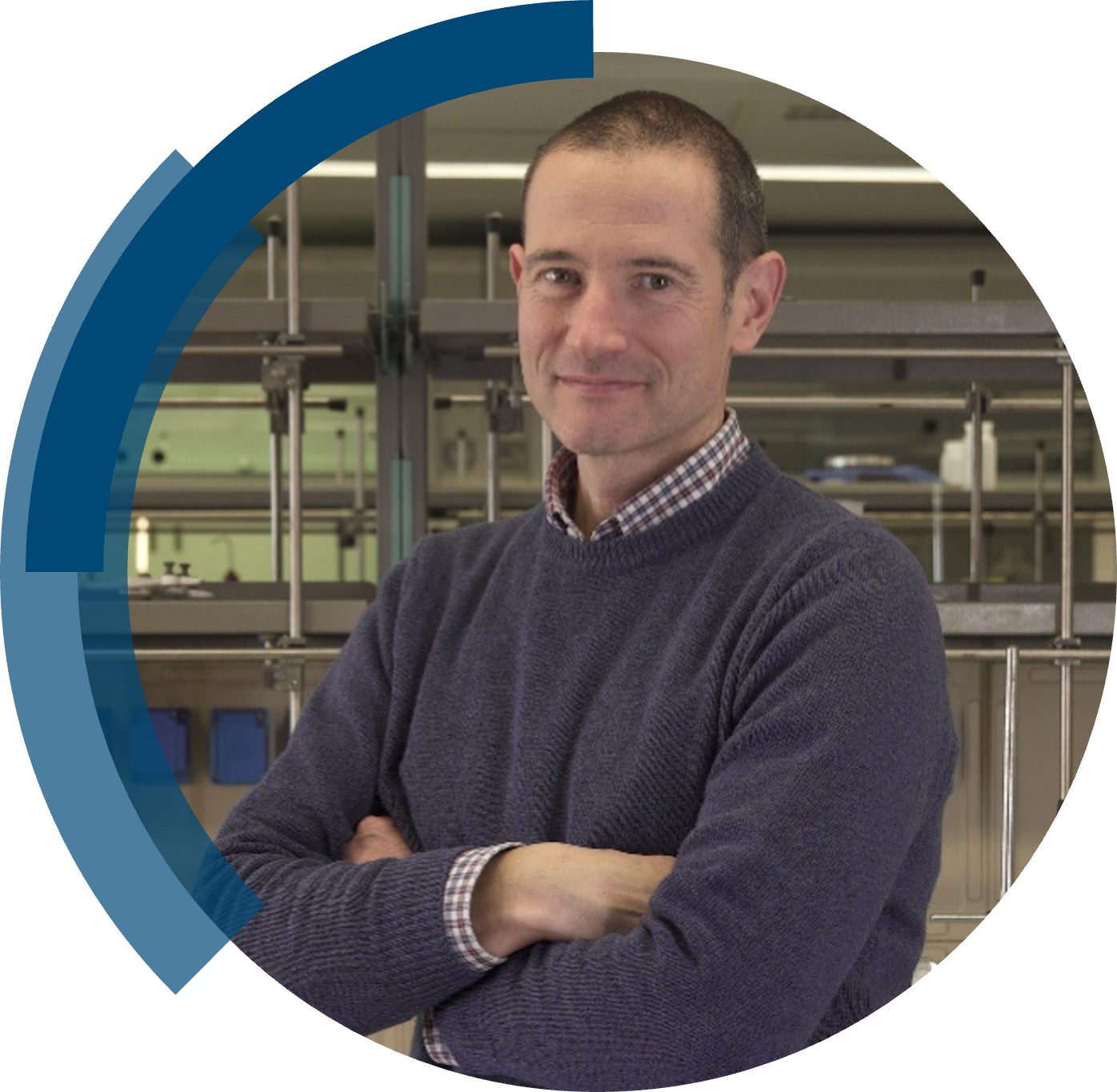ChemComm is publishing its 60th volume in 2024. Over the past 60 years, ChemComm has been the RSC’s most cited journal, and one of the most trusted venues for rapid publication of short communications. In our anniversary year, we recognise the important contributions ChemComm has made, and continues to make, in advancing the chemical sciences.
As part of our anniversary celebrations, we’ve brought together a collection featuring the latest research from some of our most loyal and dedicated authors. From those marking the beginning of their independent academic career by publishing their first article with us, to the rising stars and established leaders publishing in our yearly ‘Emerging Investigators’ and ‘Pioneering Investigators’ collections, this collection champions the contributions of our worldwide author community. We are proud many authors choose to support our journal by regularly publishing their best work with us. This collection also features papers from our ChemComm Emerging Investigator Lectureship winners, and our Outstanding Reviewer awardees, whose invaluable feedback has shaped our published content through the years.
To accompany the collection, we’ll be publishing interviews with contributing authors where they provide further insight into their research and reflect on their journey with ChemComm.
Check out our interview with Giovanni Valenti and Enrico Rampazzo (University of Bologna, Italy) below!
What is your favourite thing about ChemComm?
We appreciate the concept of a direct journal featuring innovative and focused content. The paper must be concise, encouraging authors to prioritize clarity by streamlining the state-of-the-art review and focusing on the key findings of their research. This refinement process benefits the readers. Presenting articles without traditional paragraph divisions is appealing, crafting a cohesive narrative that maintains a continuous thread while placing detailed analysis in supplementary information. ChemCommun also meets the needs of early-career scientists, as it provides an opportunity for PhD students and postdocs to publish key findings.
Are there ways in which the journal can further support and engage with future generations of scientists?
We believe young scientists often need more opportunities to showcase their scientific capabilities. This is especially true in highly competitive fields like chemistry, where the financial and instrumental demands for conducting research are substantial. One potential approach could be to dedicate a small part of ChemCommun papers to highlight the scientific achievements of PhD students and early-career researchers.
Could you provide a brief summary of your recent ChemComm publication?
Our publication focuses on studying the influence of size and dye distribution within ECL-active dye-doped silica nanoparticles (ECL = electrochemiluminescence). These two parameters affect the ECL emission efficiency of a nanoprobe and can be optimized to enhance the ECL signal, leading to amplification. This research is the outcome of the collaborative effort between the Electrochemistry Group and the Photochemistry Group at the Giacomo Ciamician Department of Chemistry, University of Bologna, Italy. Our collaboration, which began in 2009, has enabled the development of various nanomaterials with unique ECL properties. A key focus of our work has been understanding the relationship between the architecture of nanomaterials and their electrochemi-luminescence properties, which has been crucial in identifying the limiting factors that influence ECL signal generation in these systems. Over the years, this partnership resulted in significant publications, such as the one presented here, and in research projects funded by the European Community. The most recent one, ECLipse (Horizon Europe EIC Pathfinder GA No. 101046787, https://eclipse-project.eu/ ), coordinated by our department under the guidance of Prof. Prodi, has played a pivotal role in advancing our work. This substantial funding has enabled us to make significant progress in combining (bio)nanomaterials with ECL, for the development of multidisciplinary approaches applied to pathogen quantification.
In you opinion, what are the next steps or potential areas of research that could build upon the findings in this paper?
Our findings provide valuable insights into the design, optimization, and enhancement of ECL-active nanoprobes. While ECL is widely used in commercial diagnostic assays relying on Ru(II) complexes and tripropylamine, replacing this system with nanoprobes offers a potential advantage on signal amplification, improving the sensitivity of current diagnostic tools. This is particularly crucial for early disease detection and the development of portable, cost-effective point-of-care diagnostic devices, that could be especially useful in developing countries. Furthermore, from these findings, our research is currently moving to the replacement of tripropylamine with more sustainable components, enhancing the environmental sustainability of these diagnostics tolls, with the additional advantage of expanding their application in live-cell in vitro studies.
Be sure to read the full Communication, “Dye self-organization in doped silica nanoparticles increases the electrochemiluminescence emission in magnetic bead-based assays” to learn more!













